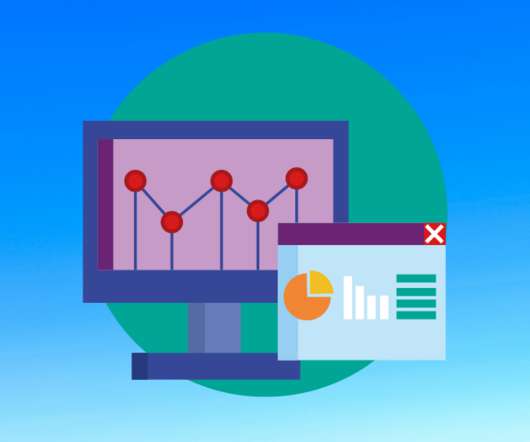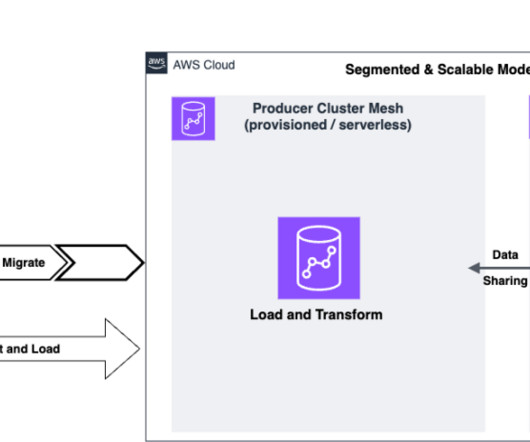What Role Does Data Mining Play for Business Intelligence?
Jet Global
JUNE 5, 2019
Business intelligence (BI) software can help by combining online analytical processing (OLAP), location intelligence, enterprise reporting, and more. Let’s introduce the concept of data mining. Toiling Away in the Data Mines. Clustering helps to group data and recognize differences and similarities.














Let's personalize your content